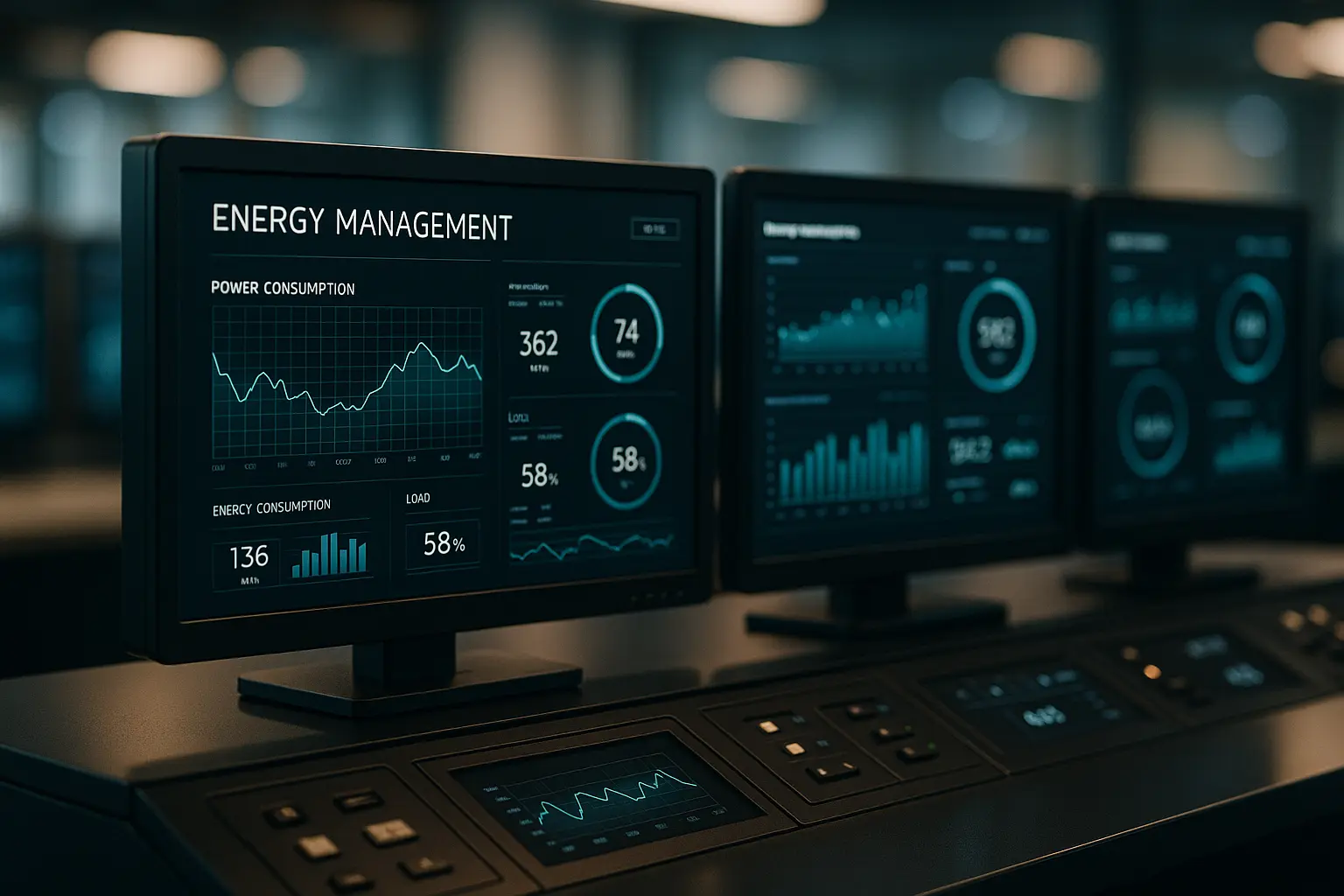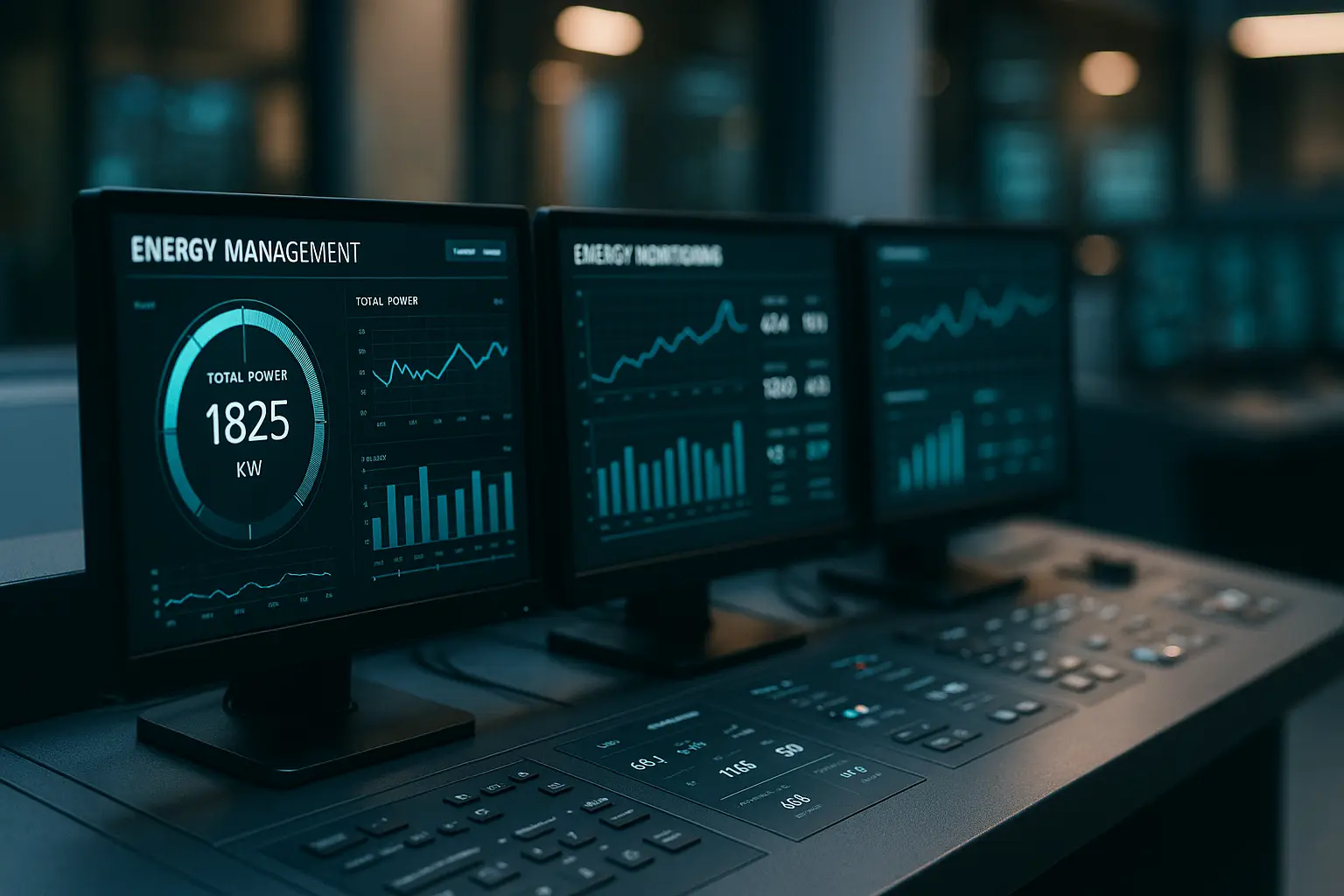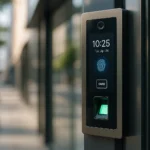In an ever-evolving world, where energy consumption is peaking, we find ourselves at a crossroads. How can we harness the power of modern technology to streamline our energy usage and reduce costs? Enter the realm of Energy Management Systems (EMS), a transformative force in how we manage and monitor our energy needs. Imagine a future where every watt is accounted for, every building optimized, and sustainability is not just a dream but a reality. This is the world we are stepping into, thanks to the sophistication of EMS.
Understanding the Core of Energy Management Systems
At its heart, an Energy Management System is a sophisticated blend of software and hardware, designed to optimize energy consumption. The system works by collecting data from various points, analyzing it, and implementing strategies to enhance efficiency.
1. Real-Time Monitoring: At the core of EMS is real-time monitoring. This allows us to keep a keen eye on how power is being utilized, pinpointing inefficiencies. With detailed data analytics, we’re able to identify which devices or processes are consuming the most energy, allowing us to make informed decisions to optimize their use.
2. Smart Control: Imagine having the ability to control your building’s energy usage with a simple interface. EMS provides us with sophisticated control mechanisms, ensuring that energy is distributed in the most efficient way possible. Whether it’s adjusting HVAC settings or managing solar power input, these systems are the nerve center of smart energy management.
3. Integrating with Existing Systems: The beauty of EMS lies in its ability to seamlessly integrate with existing systems. Whether it’s a single office or a sprawling industrial complex, EMS can be tailored to meet diverse needs. Through the integration of HEMS (Home Energy Management Systems) and other solutions, we can ensure that optimal energy efficiency is achieved across the board.
The Economic Impact: Reducing Costs and Maximizing Efficiency
In a world where every penny counts, the economic impact of deploying an Energy Management System cannot be overstated. By leveraging EMS, we can significantly cut down on energy costs while maximizing efficiency.
1. Lower Operational Costs: By identifying areas of waste and implementing strategies to tackle them, EMS helps in cutting down operational costs. For businesses, this translates to better bottom lines, while for homeowners, it means lower utility bills without compromising on comfort.
2. Increased Asset Lifespan: Efficiently managed systems ensure that machinery and devices are not overburdened. This prolongs their lifespan, reducing the need for frequent replacements and thus indirectly cutting costs.
3. Informed Decision Making: With access to detailed data, we are equipped to make informed decisions about energy investments. Whether it’s deciding when to upgrade equipment or optimize existing assets, the insights provided by EMS are invaluable.
4. Enhanced Sustainability:
Going green is no longer a choice but a necessity. By reducing energy consumption and integrating renewable sources, EMS contributes significantly to sustainable practices, positioning businesses favorably in the eyes of eco-conscious consumers.

Harnessing the Power of Technology: Software Solutions and Innovations
The rapid advancements in technology offer exciting possibilities in the realm of energy management. From cutting-edge software to innovative solutions, EMS is at the forefront of this technological revolution.
1. Predictive Analytics: Leveraging artificial intelligence and machine learning, modern EMS can predict energy usage patterns. This foresight allows for preemptive measures to be taken, ensuring that resources are allocated smartly and efficiently.
2. Customizable Dashboards: Gone are the days of complex spreadsheets and manual calculations. With modern EMS software, users can access user-friendly dashboards that provide comprehensive insights at a glance. This greatly enhances user experience and ensures that even those without technical expertise can navigate and utilize the system effectively.
3. Remote Accessibility: The interconnected world of today means that having control at our fingertips is more essential than ever. Whether we’re on-site or halfway across the globe, EMS solutions offer remote accessibility, ensuring that we remain in control of our energy systems at all times.
4. IoT Integration: The Internet of Things (IoT) has revolutionized how we interact with technology. By integrating IoT devices, EMS can provide real-time feedback and automated adjustments, ensuring optimal performance and energy conservation.
As we embark on this journey of enhanced energy management, the horizon looks brighter than ever. With the power of EMS, we can unlock a world where efficiency is optimized, costs are reduced, and sustainability is within reach. The evolution of energy management is not just a trend; it’s a necessity for a future that demands innovation and responsibility. We stand on the precipice of a new era, where the intelligent use of energy shapes the world we live in, paving the way for a sustainable and cost-effective tomorrow.
FAQ
What is an Energy Management System (EMS)?
An Energy Management System is a framework used by organizations to monitor, control, and optimize their energy consumption. It helps improve energy efficiency and reduce energy costs.
Why is it important to implement an EMS?
Implementing an EMS is crucial as it helps businesses save on energy costs, reduce carbon emissions, and improve overall operational efficiency. It also supports sustainable practices and compliance with environmental regulations.
How does an EMS monitor energy usage?
An EMS monitors energy usage through a network of sensors and meters that collect data on energy consumption in real-time. This data is then analyzed by the system to identify patterns, inefficiencies, and opportunities for energy savings.
Can an EMS be integrated with existing systems?
Yes, most modern EMS solutions are designed to be flexible and can be integrated with existing building management systems, equipment, and software. This ensures a seamless operation and maximizes the benefits of both systems.
What are the main components of an EMS?
The main components of an EMS include energy monitoring devices, data acquisition systems, software for data analysis and reporting, and control systems to manage energy usage. Together, these components work to provide a comprehensive overview of energy consumption and facilitate strategic energy management.



